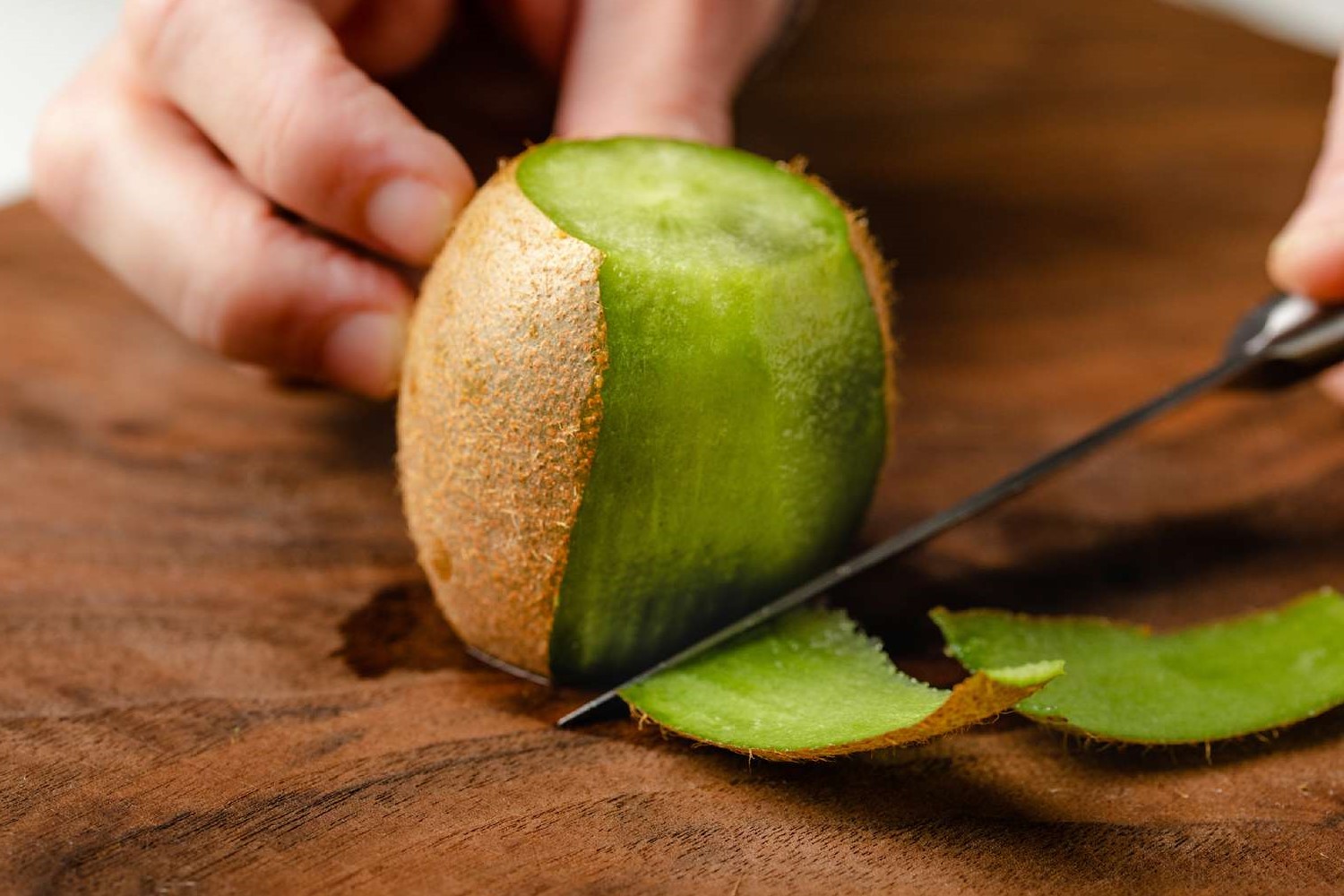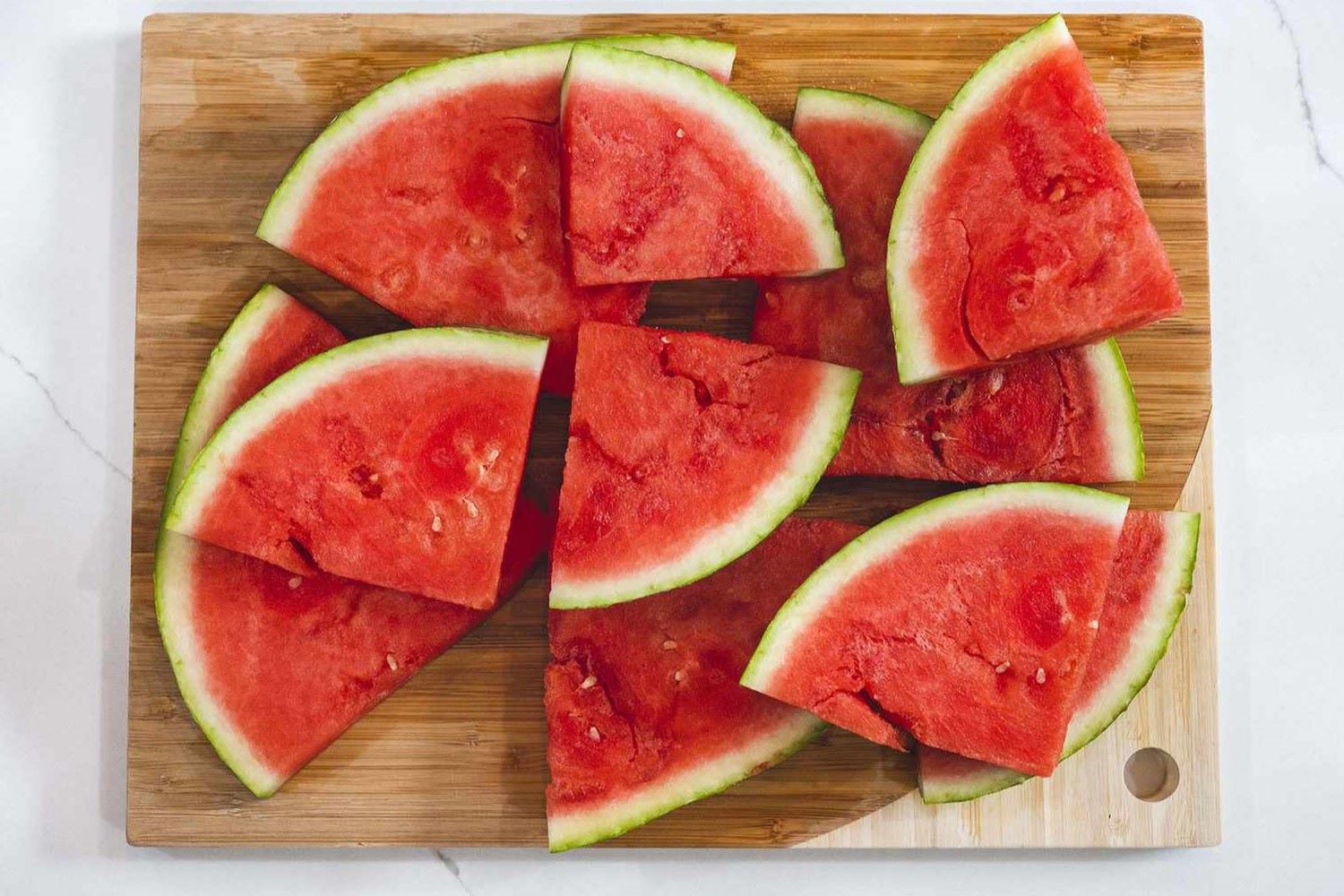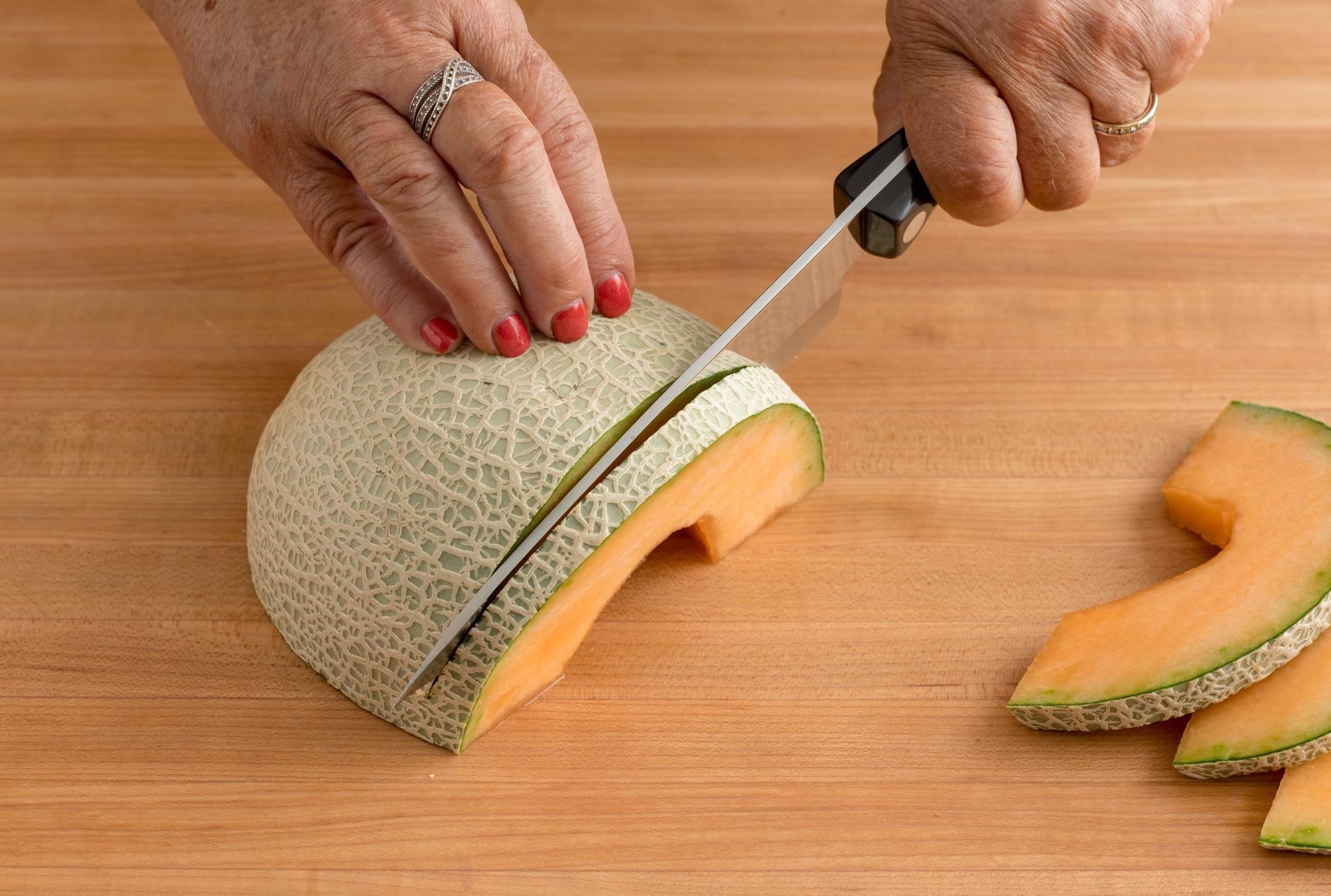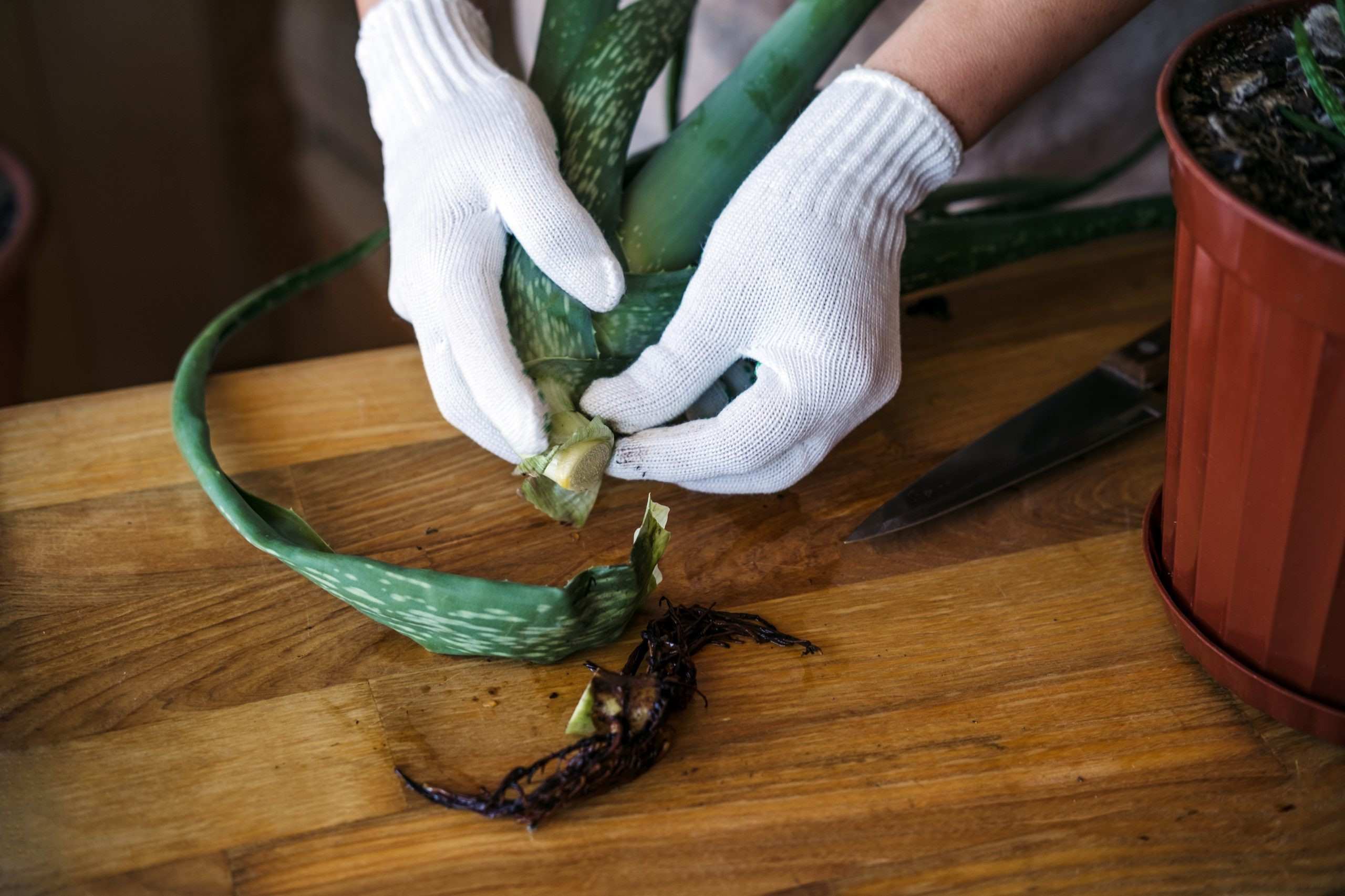Home>Food and Cooking>How To Thicken Frosting
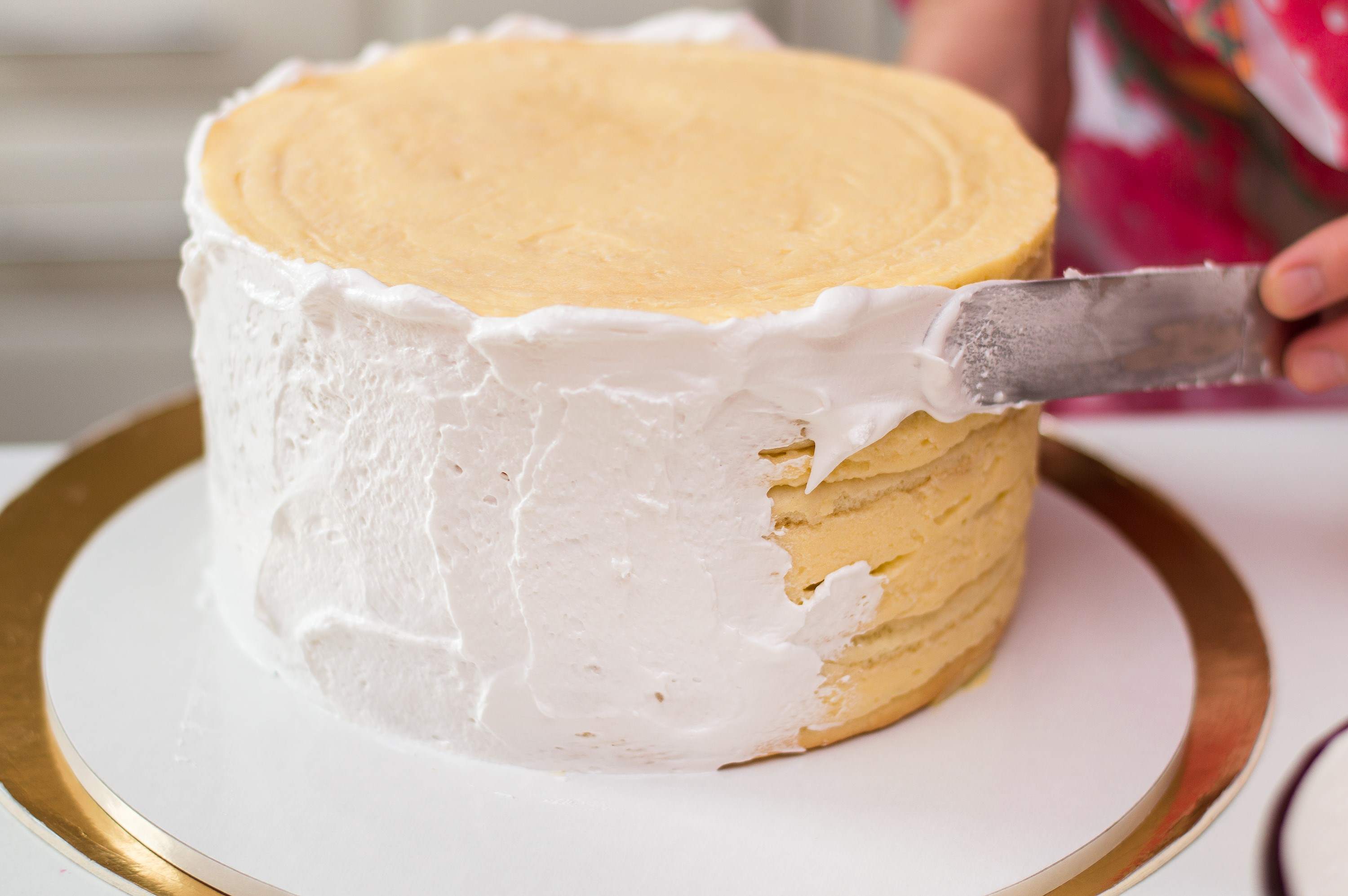

Food and Cooking
How To Thicken Frosting
Published: February 25, 2024
Learn how to thicken frosting with simple tips and tricks. Perfect for all your baking needs. Expert advice from the world of food and cooking.
(Many of the links in this article redirect to a specific reviewed product. Your purchase of these products through affiliate links helps to generate commission for Noodls.com, at no extra cost. Learn more)
Table of Contents
Introduction
When it comes to baking, frosting is the proverbial cherry on top, adding a delectable finishing touch to cakes, cupcakes, and pastries. However, achieving the perfect consistency for frosting can be a challenge, especially when it comes to thickening it to the ideal texture. Whether you're a seasoned baker or a novice in the kitchen, understanding the art of thickening frosting is essential for creating visually stunning and delicious treats.
In this comprehensive guide, we will delve into the nuances of thickening frosting, exploring the common ingredients, techniques, and tips that will empower you to elevate your baking prowess. From classic buttercream to rich cream cheese frosting, the methods for thickening frosting are as diverse as the delectable creations they adorn. So, roll up your sleeves, preheat the oven, and let's embark on a flavorful journey into the world of frosting perfection.
Read more: How To Thicken Spaghetti Sauce
Understanding the Basics of Frosting
Frosting, also known as icing, is a sweet and creamy coating that adds flavor, moisture, and visual appeal to baked goods. It serves as a canvas for creative decorations and is an essential component of cakes, cupcakes, cookies, and pastries. Understanding the fundamental aspects of frosting is crucial for achieving the desired texture, taste, and appearance in your baked creations.
Types of Frosting
There are various types of frosting, each with its own unique characteristics and uses. Some of the most popular varieties include:
-
Buttercream: This classic frosting is made from butter, powdered sugar, and flavorings such as vanilla or cocoa. It is versatile, easy to work with, and can be flavored and colored in countless ways.
-
Cream Cheese Frosting: Known for its rich and tangy flavor, cream cheese frosting is made from cream cheese, butter, powdered sugar, and vanilla. It pairs exceptionally well with carrot cake and red velvet cake.
-
Royal Icing: Made from confectioners' sugar and egg whites or meringue powder, royal icing dries to a hard, smooth finish, making it ideal for intricate decorations and gingerbread houses.
-
Ganache: A luxurious combination of chocolate and heavy cream, ganache can be used as a glaze, frosting, or filling, adding a decadent touch to desserts.
Consistency of Frosting
The consistency of frosting plays a pivotal role in its application and overall appeal. Frosting can range from thin and pourable to thick and spreadable, with variations in between. Achieving the perfect consistency is essential for piping intricate designs, creating smooth finishes, and ensuring that the frosting adheres to the baked goods without sliding off.
Understanding the desired consistency for different types of frosting is crucial. For instance, buttercream intended for piping intricate designs requires a stiffer consistency, while a glaze or drizzle calls for a thinner, more fluid texture.
By comprehending the nuances of frosting consistency, you can tailor your techniques and ingredients to achieve the desired results, whether you're aiming for a velvety smooth finish or intricate decorative elements.
In the next sections, we will explore the common ingredients and techniques for thickening frosting, providing you with the knowledge and skills to elevate your baking endeavors.
Common Ingredients for Thickening Frosting
When it comes to achieving the perfect consistency for frosting, certain ingredients play a pivotal role in thickening the mixture to the ideal texture. These common ingredients not only contribute to the structural integrity of the frosting but also enhance its flavor and stability. Let's explore the key components that can be used to thicken frosting and elevate its overall quality.
Read more: How To Thicken Mashed Potatoes
1. Confectioners' Sugar (Powdered Sugar)
Confectioners' sugar, also known as powdered sugar, is a staple ingredient for thickening frosting. Its fine texture blends seamlessly with other ingredients, resulting in a smooth and creamy consistency. The high concentration of finely ground sugar particles provides structure to the frosting, making it thicker and more stable. When incorporating confectioners' sugar, it's essential to sift it beforehand to prevent lumps and ensure a velvety smooth texture.
2. Butter or Margarine
Butter and margarine are essential components for thickening frosting, particularly in buttercream recipes. These fats contribute to the richness and thickness of the frosting, creating a luscious and spreadable texture. When whipped with confectioners' sugar, butter or margarine forms a stable emulsion, resulting in a creamy and luxurious frosting that holds its shape when piped or spread onto baked goods.
3. Cream Cheese
In the case of cream cheese frosting, the inclusion of cream cheese serves as a primary thickening agent. The dense and tangy nature of cream cheese adds body and stability to the frosting, resulting in a rich and creamy texture. When combined with confectioners' sugar and other flavorings, cream cheese creates a delectable frosting that is ideal for spreading onto cakes and cupcakes.
4. Cornstarch or Cornflour
Cornstarch, also known as cornflour in some regions, can be used to thicken frosting, especially in cases where a gluten-free or translucent appearance is desired. When added in small quantities, cornstarch binds the ingredients together and contributes to a thicker consistency without altering the flavor profile of the frosting.
5. Cocoa Powder or Melted Chocolate
For chocolate frosting, cocoa powder or melted chocolate serves as a dual-purpose ingredient for both flavor and thickening. The natural fat content in chocolate contributes to the viscosity of the frosting, resulting in a rich and indulgent texture. Additionally, cocoa powder or melted chocolate enhances the flavor profile of the frosting, adding a deep and luscious chocolatey taste.
By understanding the role of these common ingredients in thickening frosting, you can tailor your recipes to achieve the desired consistency and elevate the overall quality of your baked creations. Whether you're crafting a velvety buttercream or a decadent chocolate ganache, these ingredients serve as the building blocks for achieving frosting perfection.
Tips for Achieving the Perfect Consistency
Achieving the perfect consistency for frosting is a delicate balance that can elevate your baked creations from ordinary to extraordinary. Whether you're aiming for a smooth and spreadable texture or a firm and stable consistency for intricate decorations, these tips will empower you to master the art of frosting perfection.
-
Gradual Addition of Ingredients: When preparing frosting, it's essential to add the ingredients gradually, especially when incorporating confectioners' sugar and liquids such as milk or cream. By adding these components in stages and mixing thoroughly between additions, you can control the consistency of the frosting and prevent it from becoming too thin or too thick.
-
Adjusting the Liquid Content: The amount of liquid in frosting significantly impacts its consistency. If the frosting is too thick, gradually adding small amounts of milk, cream, or flavor extracts can help achieve a smoother and more spreadable texture. Conversely, if the frosting is too thin, incorporating additional confectioners' sugar in small increments can thicken it to the desired consistency.
-
Proper Mixing Technique: Utilizing the appropriate mixing technique is crucial for achieving the perfect frosting consistency. When using a stand mixer or handheld electric mixer, start at a low speed to prevent the ingredients from scattering, then gradually increase the speed to achieve a smooth and creamy texture. Avoid overmixing, as this can lead to a dense or grainy frosting.
-
Room Temperature Ingredients: Using room temperature ingredients, particularly butter and cream cheese, can facilitate the blending process and contribute to a smoother and more consistent frosting. Softened butter and cream cheese incorporate more easily with other ingredients, resulting in a homogeneous mixture that is conducive to achieving the desired texture.
-
Chilling the Frosting: In cases where the frosting is too soft or runny, placing it in the refrigerator for a short period can help firm it up. Chilling the frosting allows the fats to solidify, leading to a thicker and more stable consistency. However, it's important to monitor the frosting closely during chilling to prevent it from becoming overly firm.
-
Testing and Adjusting: Throughout the frosting preparation process, it's essential to conduct consistency tests to ensure that it meets the desired criteria. By spreading a small amount of frosting on a plate or testing it with a piping bag, you can assess its texture and make necessary adjustments to achieve the ideal consistency for your specific baking needs.
By implementing these tips, you can navigate the nuances of frosting consistency with confidence, ensuring that your baked goods are adorned with visually stunning and delectable frosting that leaves a lasting impression. Whether you're a baking enthusiast or a seasoned pastry chef, mastering the art of achieving the perfect frosting consistency is a gratifying endeavor that enhances the allure of your culinary creations.
Alternative Methods for Thickening Frosting
In addition to the common ingredients and techniques for thickening frosting, there are alternative methods that can be employed to achieve the desired consistency and texture. These methods offer creative solutions for adjusting the thickness of frosting, catering to specific preferences and dietary considerations. Whether you're seeking to enhance the stability of your frosting or exploring innovative approaches to achieve the perfect texture, these alternative methods provide valuable options for elevating your baking endeavors.
1. Incorporating Stabilizers
Stabilizers such as gelatin, agar-agar, or cornstarch slurry can be utilized to thicken frosting, particularly in cases where a firmer and more stable texture is desired. Gelatin, when bloomed and incorporated into the frosting, contributes to a resilient and structured consistency, making it ideal for intricate decorations and sculpted designs. Similarly, agar-agar, a plant-based alternative to gelatin, offers thickening properties that enhance the stability of frosting, making it suitable for vegan and vegetarian applications. Additionally, a cornstarch slurry, consisting of cornstarch and water, can be gently heated and added to the frosting to achieve a thicker and more cohesive texture.
2. Utilizing Nut and Seed Butters
Nut and seed butters, such as almond butter, peanut butter, or tahini, can serve as innovative thickening agents for frosting, imparting unique flavors and nutritional benefits. These rich and creamy spreads not only contribute to the thickness of the frosting but also infuse it with a distinct nutty or earthy taste. When blended with confectioners' sugar and other flavorings, nut and seed butters create a luscious and indulgent frosting that is well-suited for a variety of baked goods, adding a delightful twist to traditional recipes.
3. Embracing Avocado and Banana
Avocado and banana, known for their creamy textures and natural emulsifying properties, can be incorporated into frosting to achieve a thicker and smoother consistency. Mashed ripe avocado or banana blends seamlessly with confectioners' sugar and other ingredients, resulting in a velvety and nutrient-rich frosting that offers a subtle sweetness and vibrant color. These fruit-based alternatives not only contribute to the thickness of the frosting but also introduce wholesome elements, making them ideal for health-conscious and allergen-friendly baking applications.
4. Exploring Specialty Flours and Powders
Specialty flours and powders, such as almond flour, coconut flour, or arrowroot powder, can be utilized to thicken frosting while introducing unique flavors and textures. These alternative ingredients offer gluten-free and grain-free options for achieving the desired consistency, catering to individuals with dietary restrictions or preferences. By incorporating small amounts of specialty flours and powders into the frosting, you can enhance its thickness and stability while adding nuanced flavors and nutritional value to your baked creations.
By embracing these alternative methods for thickening frosting, you can expand your culinary repertoire and tailor your recipes to accommodate diverse tastes and dietary needs. Whether you're seeking to innovate with unconventional ingredients or address specific preferences, these methods offer creative avenues for achieving the perfect frosting consistency, ensuring that your baked goods are adorned with delectable and visually stunning frosting that captivates the senses.
Conclusion
In the realm of baking, mastering the art of thickening frosting is a transformative journey that empowers bakers to elevate their creations from ordinary to extraordinary. Throughout this comprehensive guide, we have explored the fundamental aspects of frosting, delved into the common ingredients and techniques for thickening frosting, and uncovered alternative methods that offer innovative solutions for achieving the perfect consistency.
From the classic allure of buttercream to the rich indulgence of cream cheese frosting, the world of frosting is as diverse as it is delightful. Understanding the nuances of frosting consistency and the role of key ingredients such as confectioners' sugar, butter, cream cheese, and cocoa powder is essential for crafting visually stunning and delectable treats. By incorporating these ingredients with precision and finesse, bakers can achieve the ideal texture and stability that enhance the overall appeal of their baked goods.
Furthermore, the tips and techniques shared in this guide serve as invaluable tools for navigating the intricacies of frosting preparation. Whether it's the gradual addition of ingredients, the adjustment of liquid content, or the utilization of room temperature ingredients, these insights empower bakers to fine-tune their frosting to perfection. The art of achieving the perfect consistency is a delicate dance of precision and creativity, and these tips provide the guidance needed to master this culinary endeavor.
Moreover, the exploration of alternative methods for thickening frosting unveils a world of possibilities for bakers seeking to innovate and cater to diverse preferences. From incorporating stabilizers and nut butters to embracing avocado and banana, these unconventional approaches offer creative avenues for achieving the desired texture while introducing unique flavors and nutritional benefits. By embracing these alternative methods, bakers can expand their culinary horizons and craft frosting that captivates the senses and accommodates various dietary needs.
In conclusion, the journey of thickening frosting is a delightful fusion of art and science, where precision, creativity, and innovation converge to create confections that delight and inspire. Whether you're a passionate home baker or a seasoned pastry chef, the knowledge and techniques shared in this guide empower you to embark on a flavorful journey into the world of frosting perfection, ensuring that your baked creations are adorned with delectable and visually stunning frosting that leaves a lasting impression.





